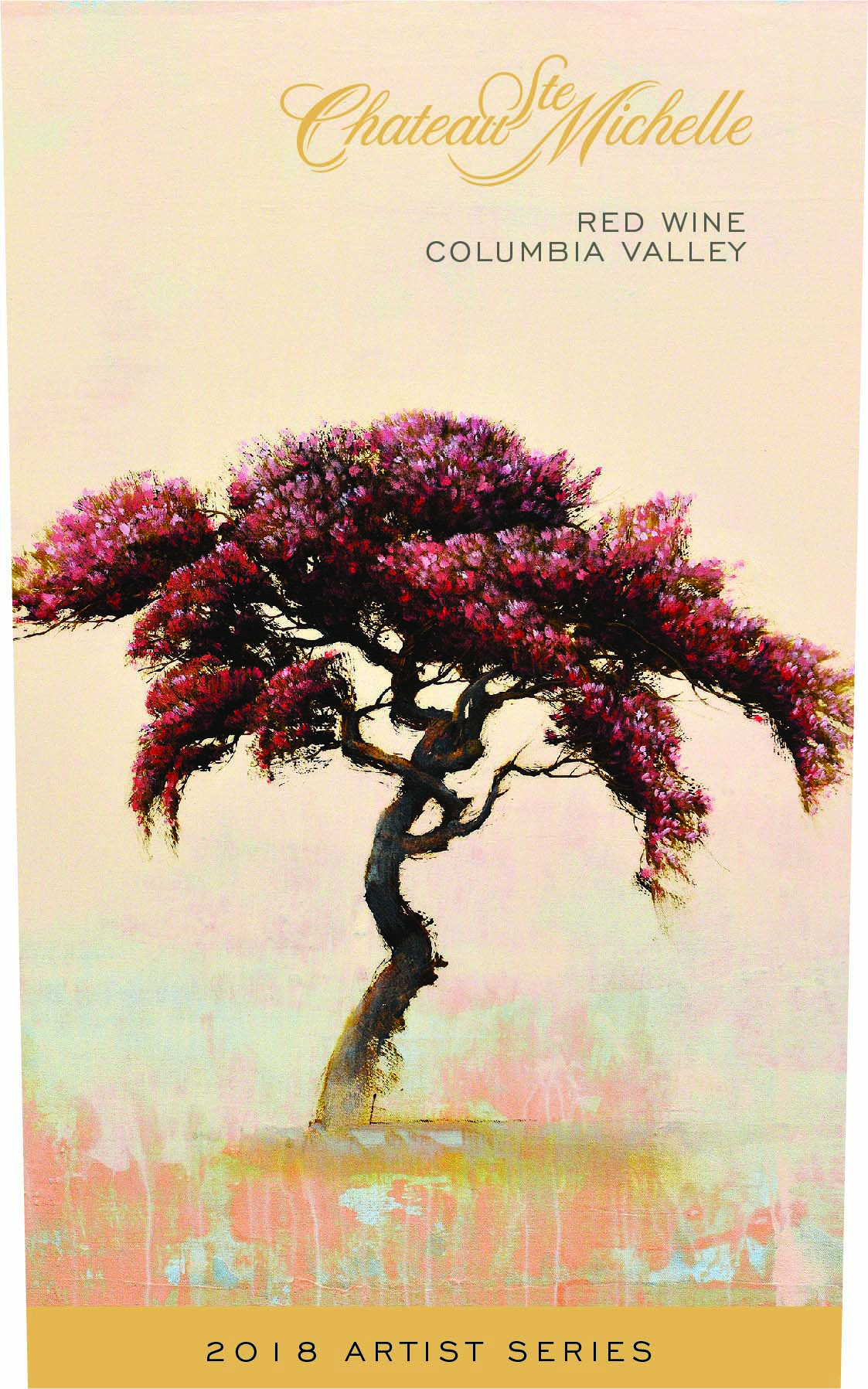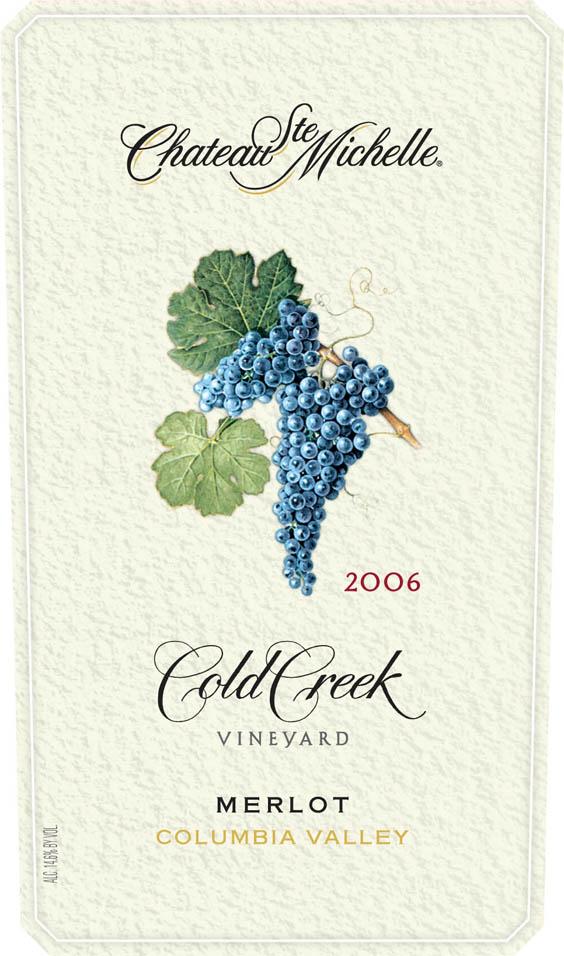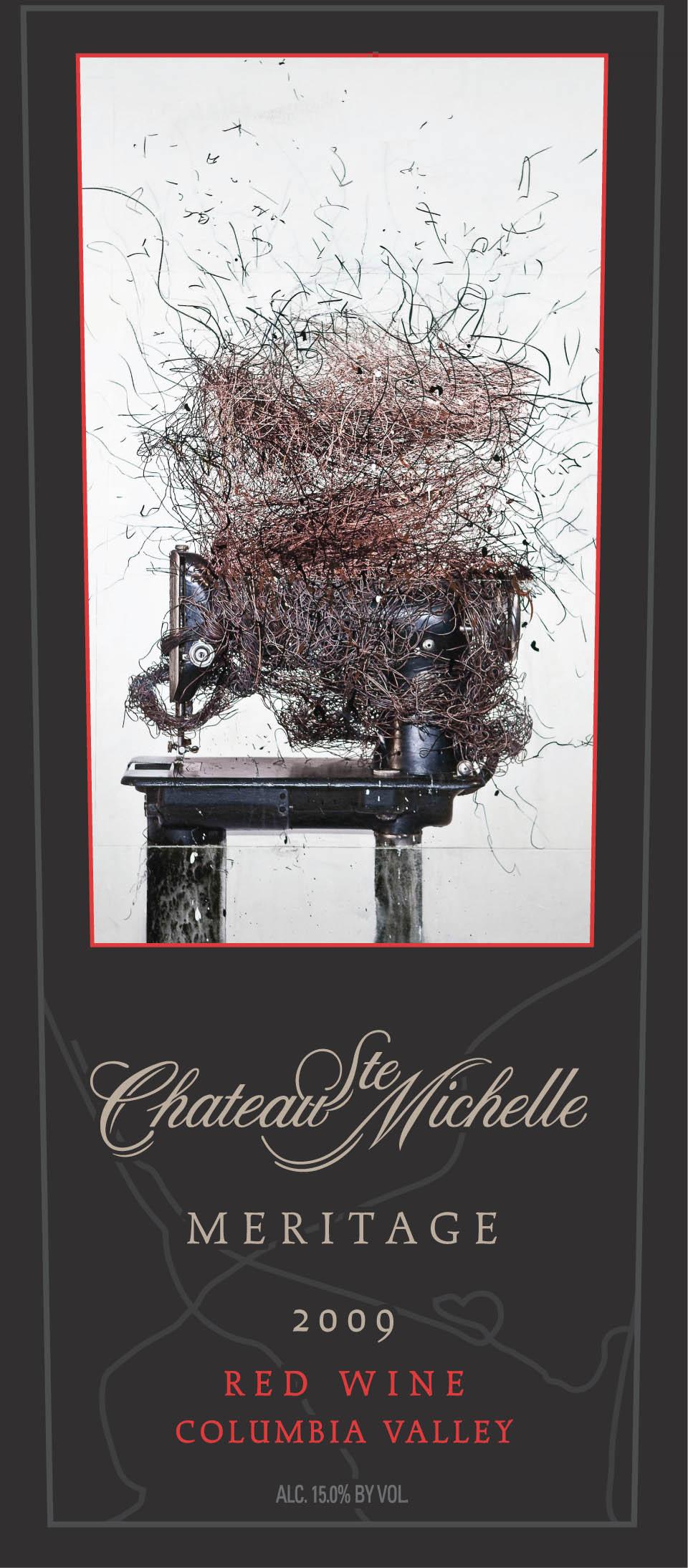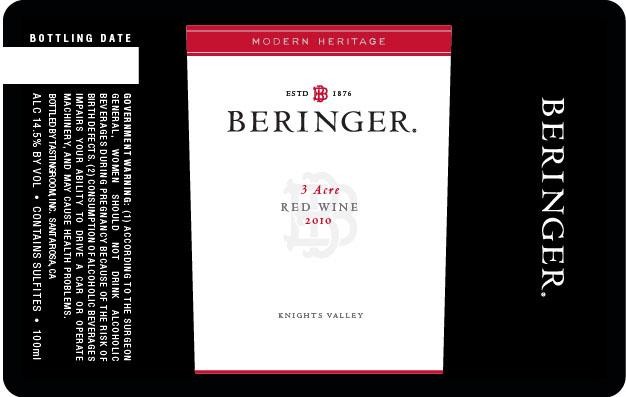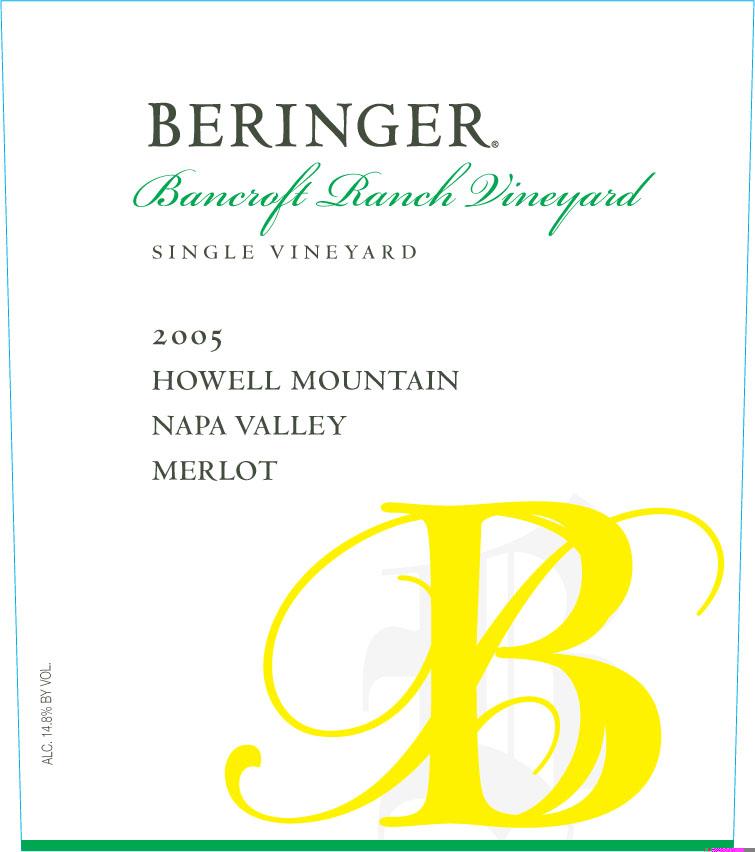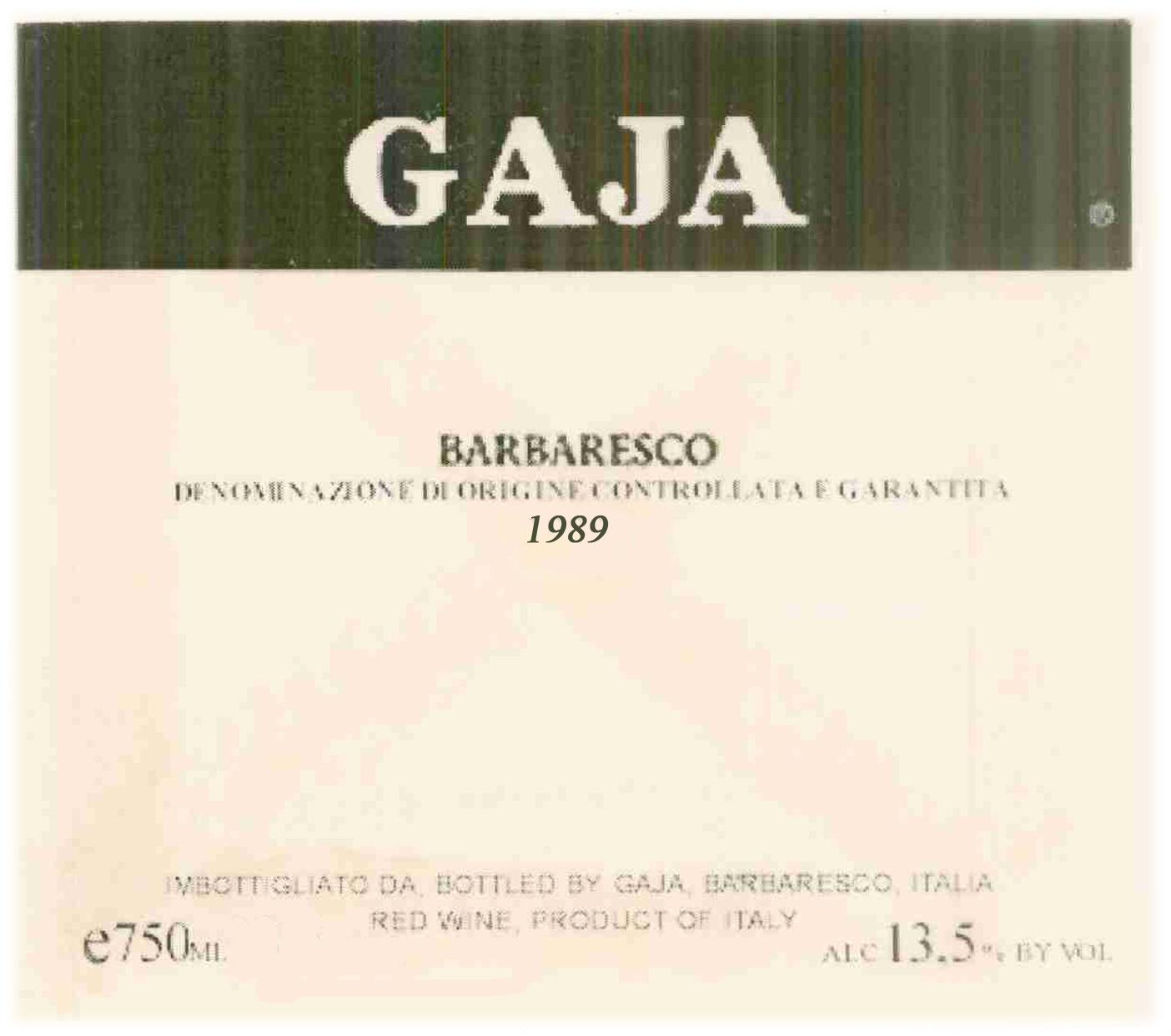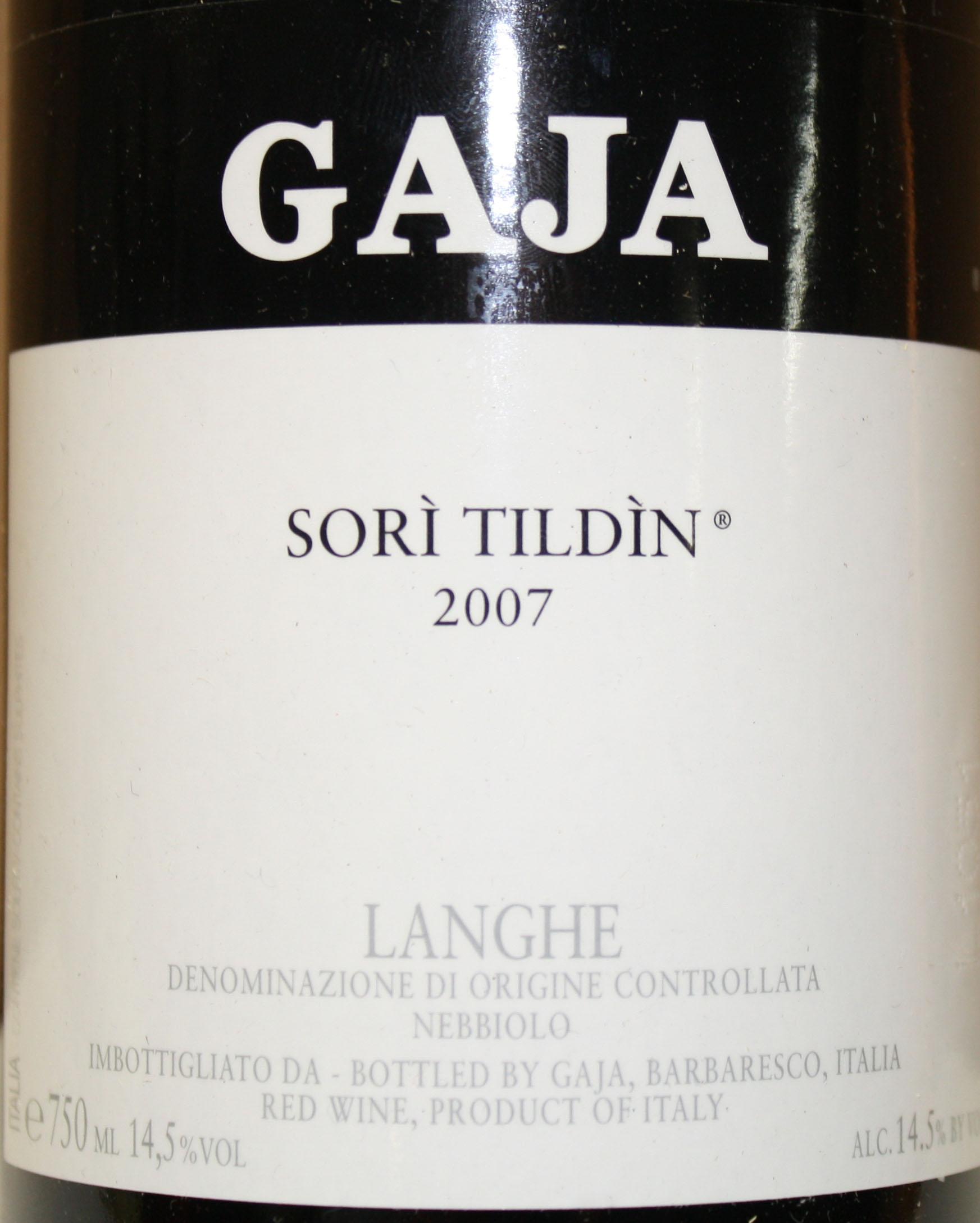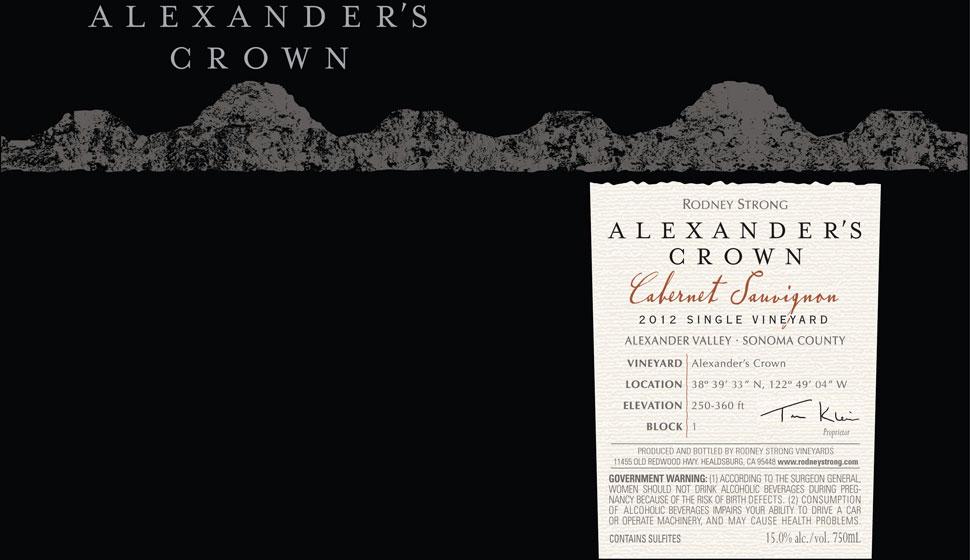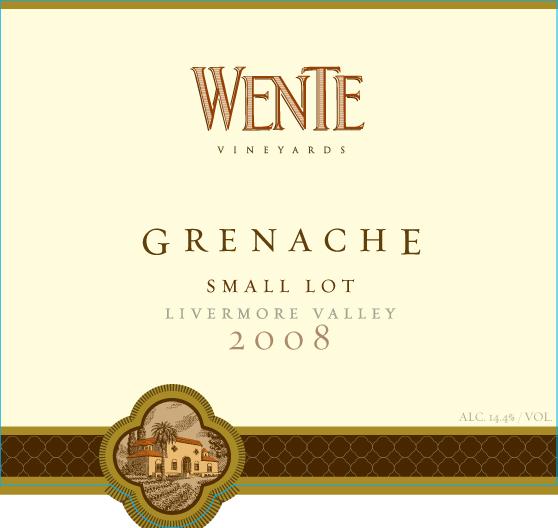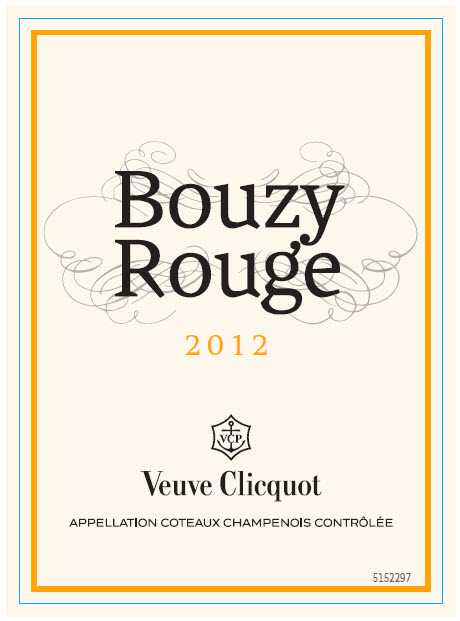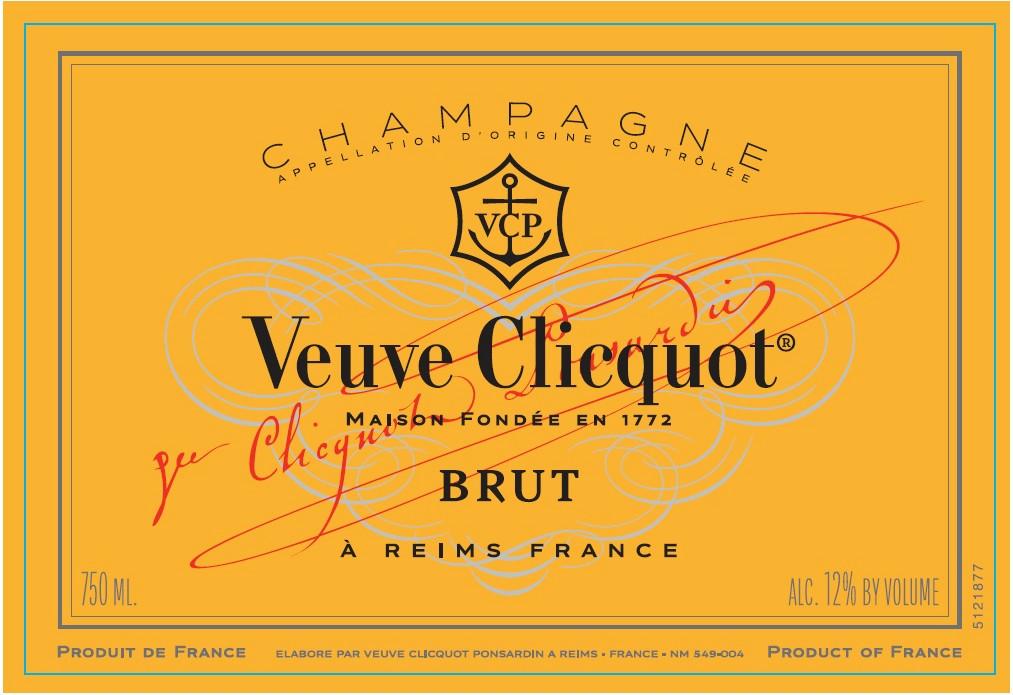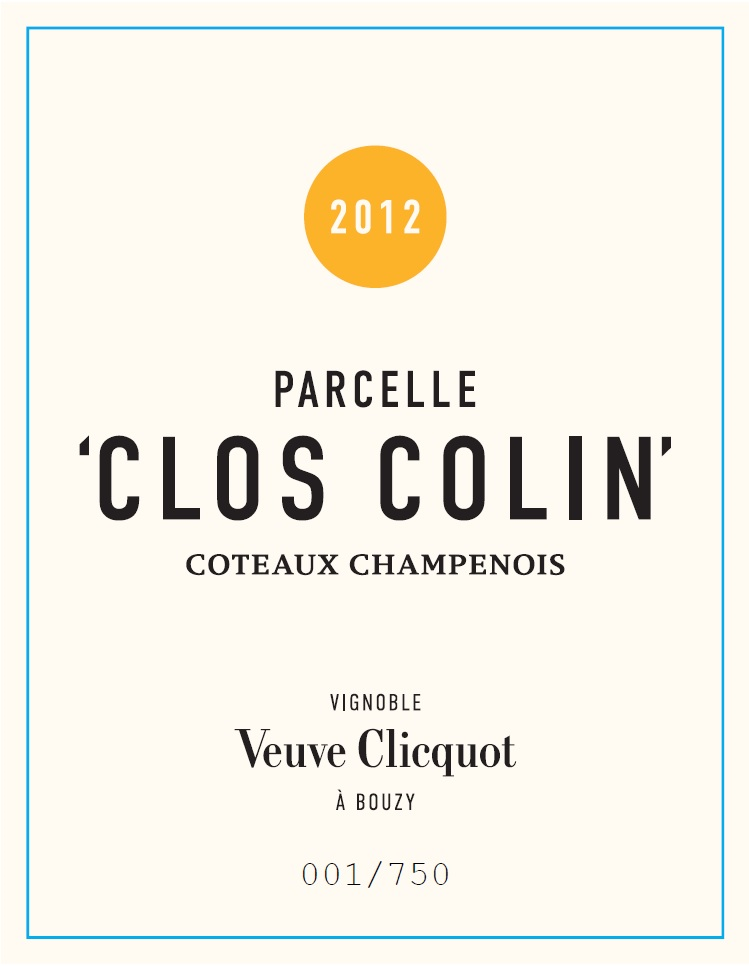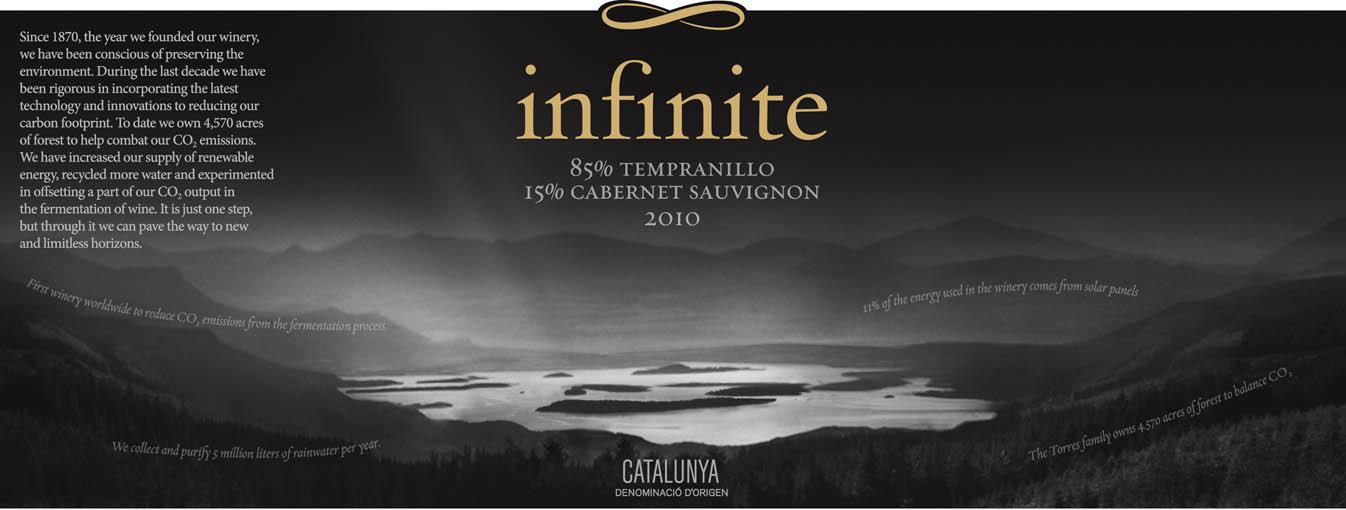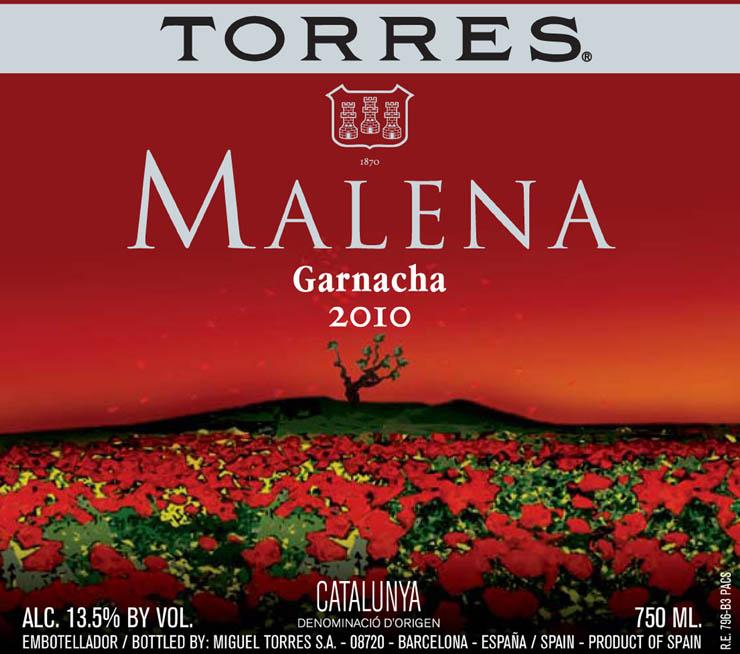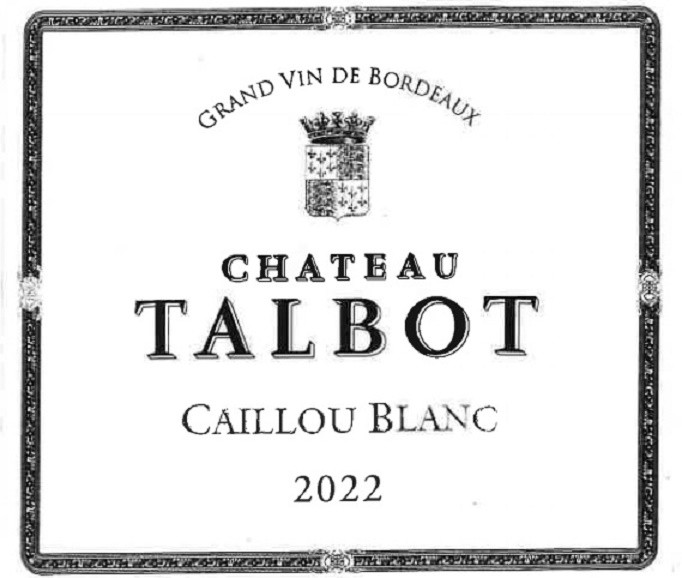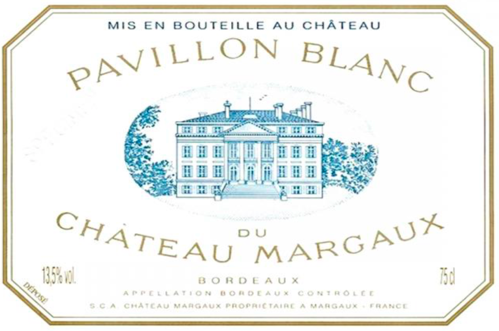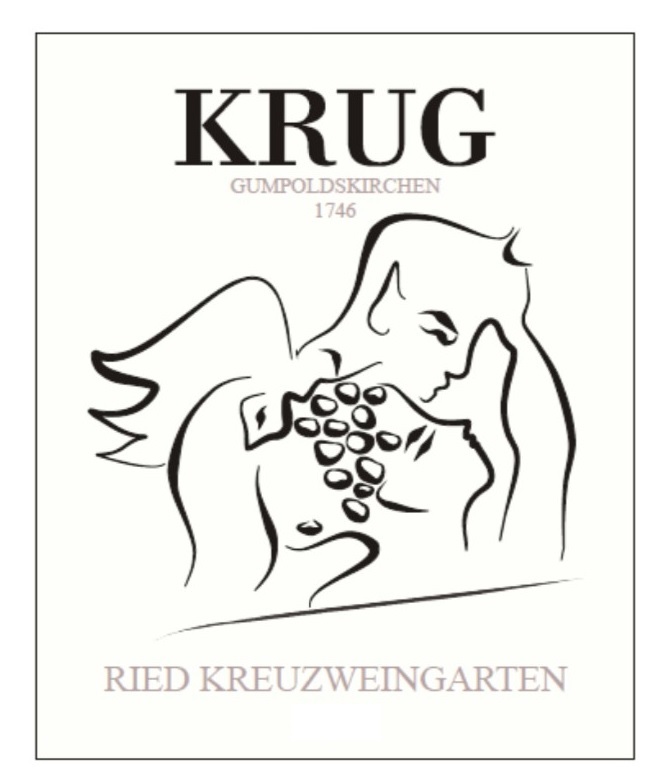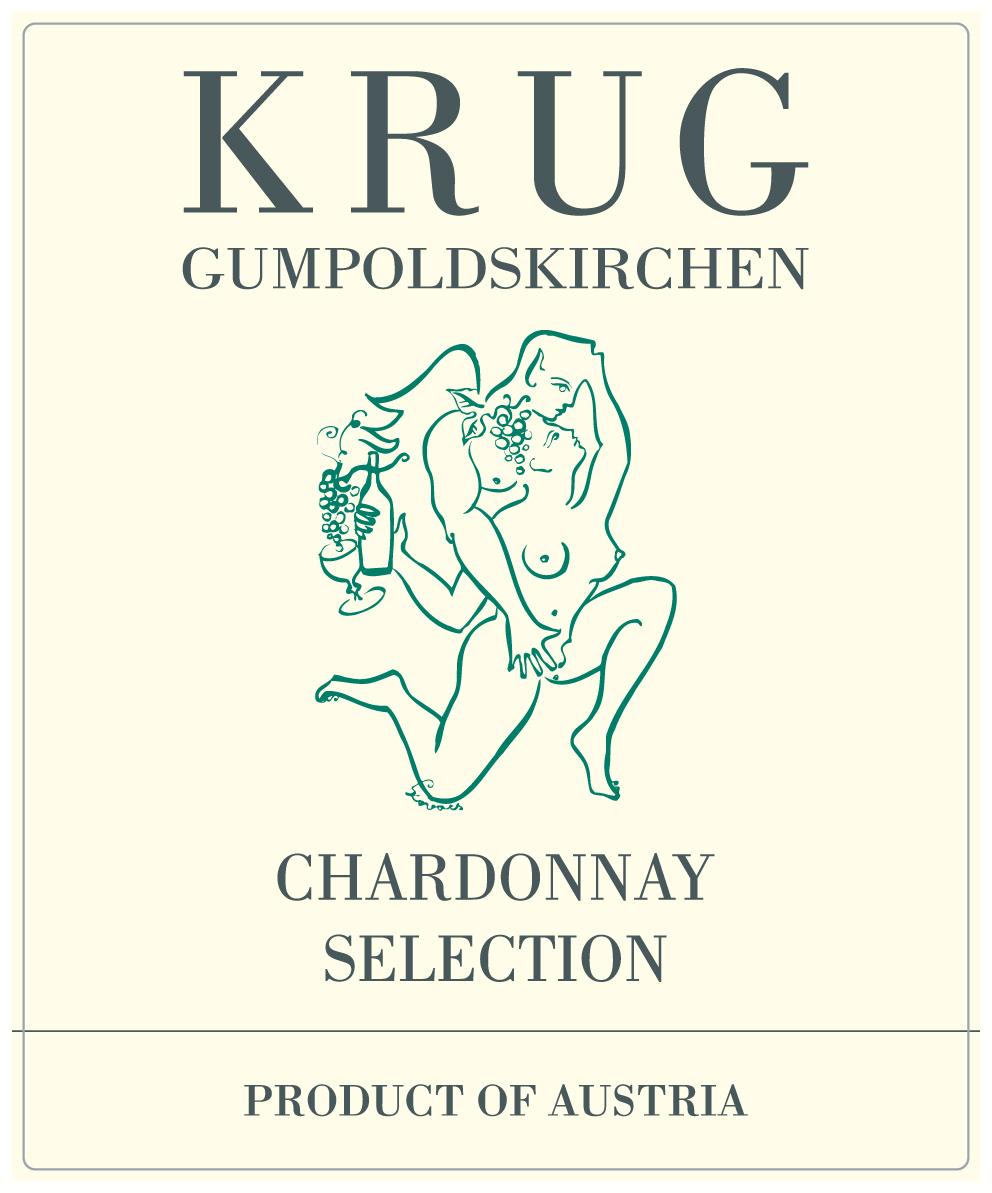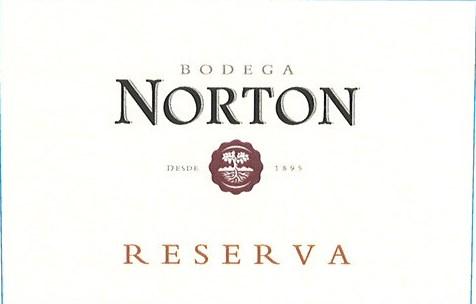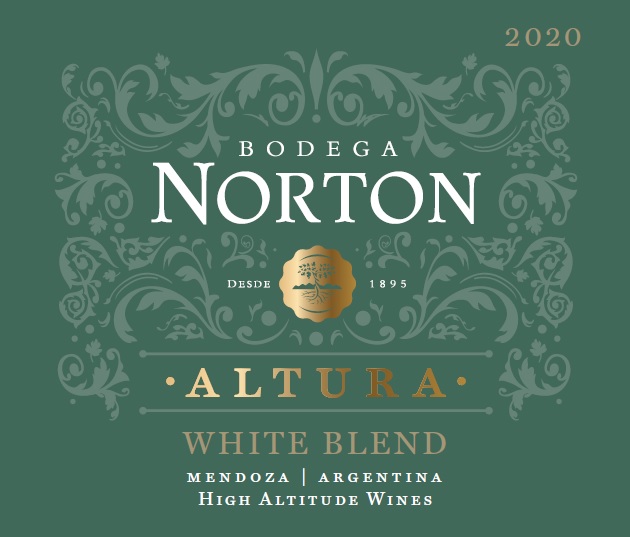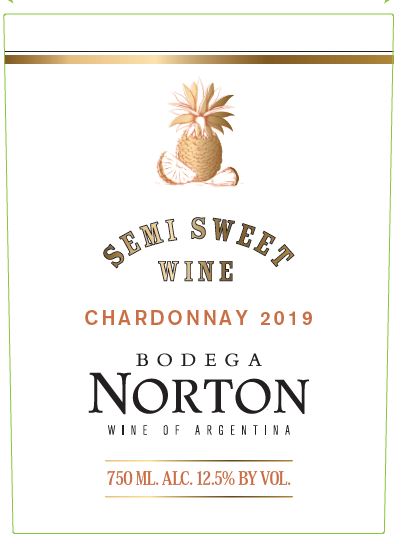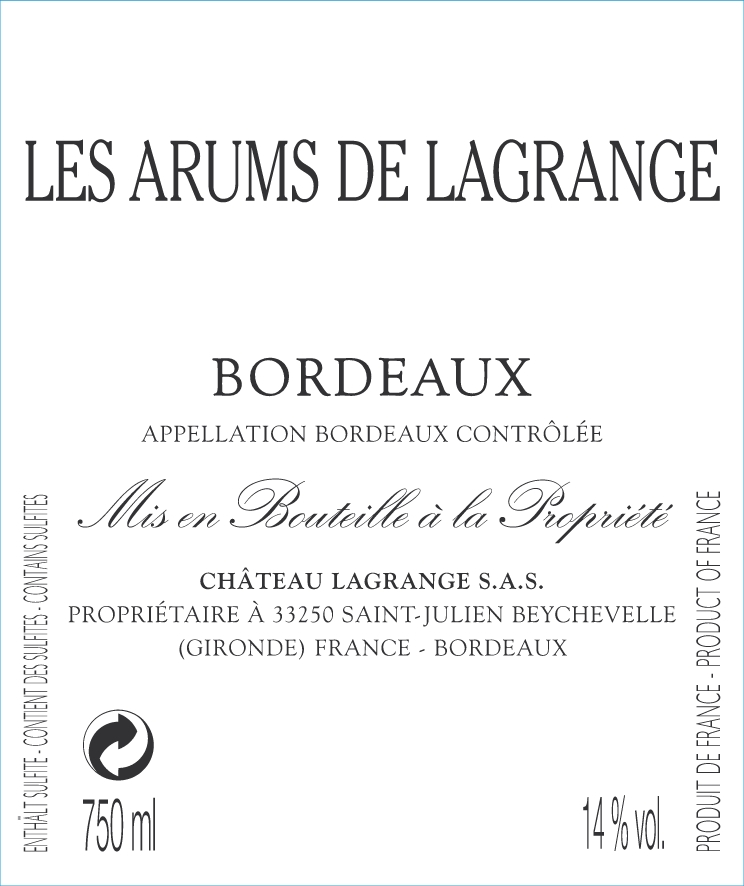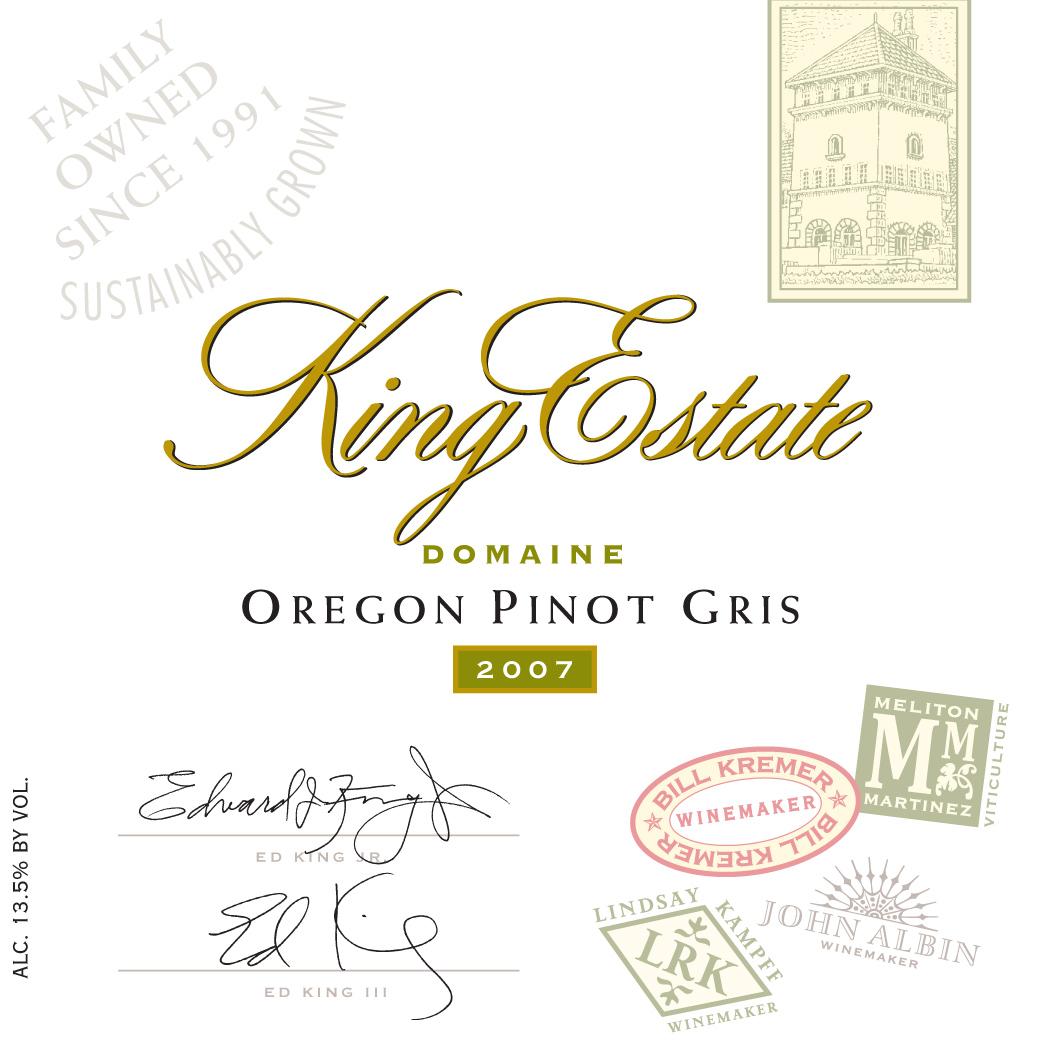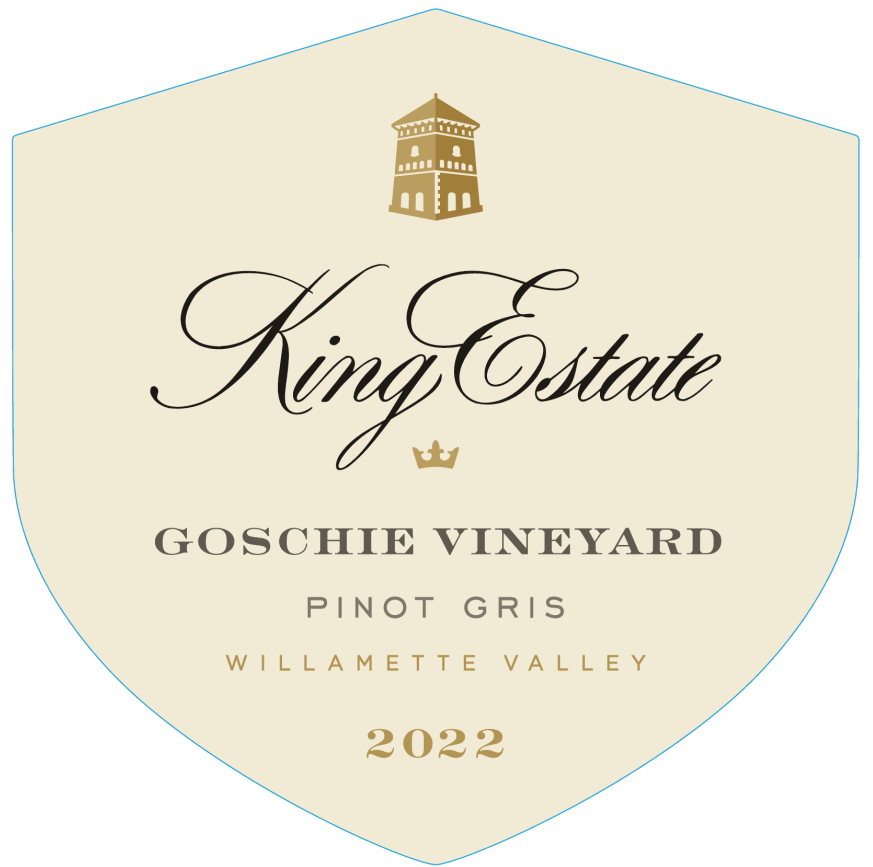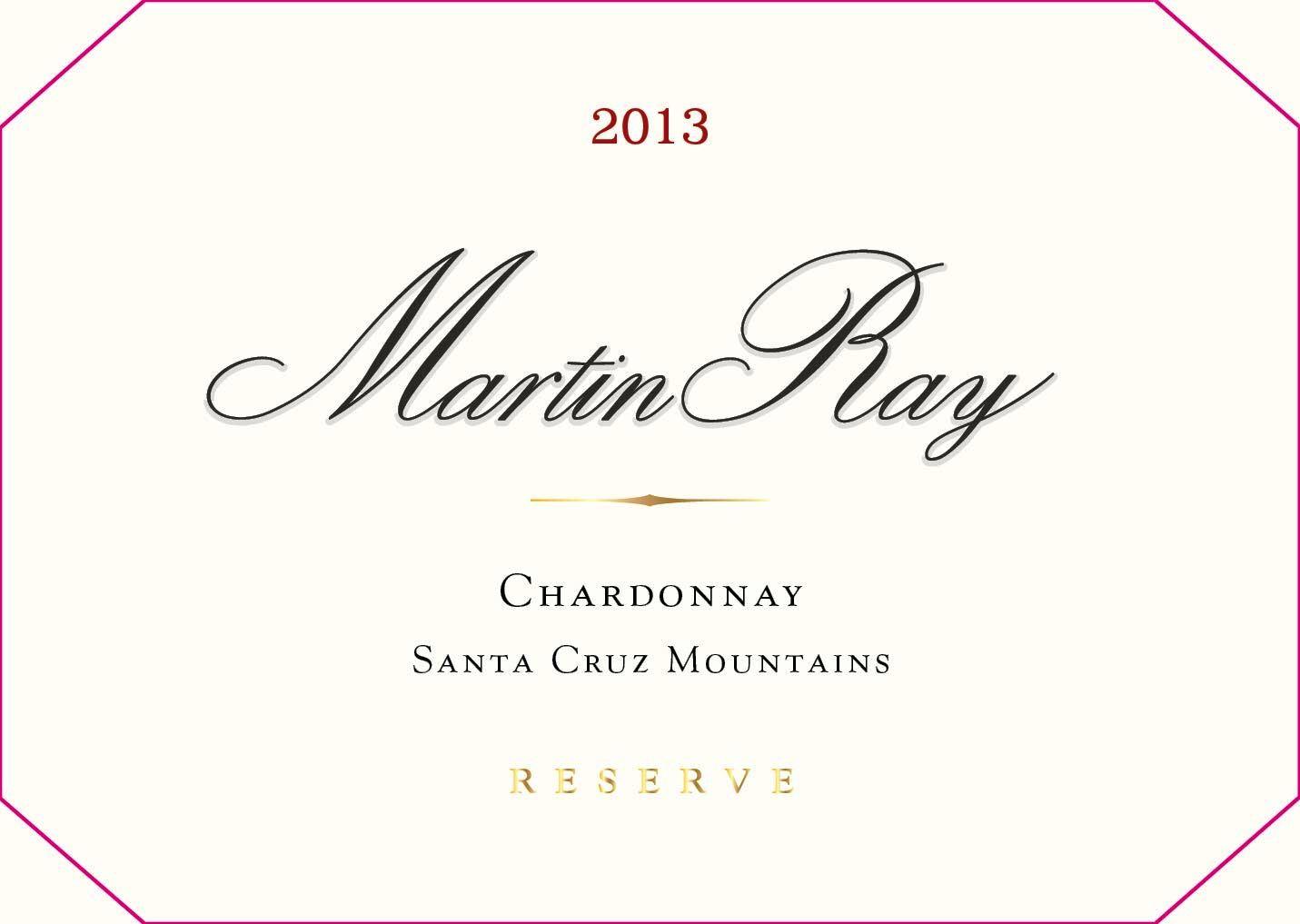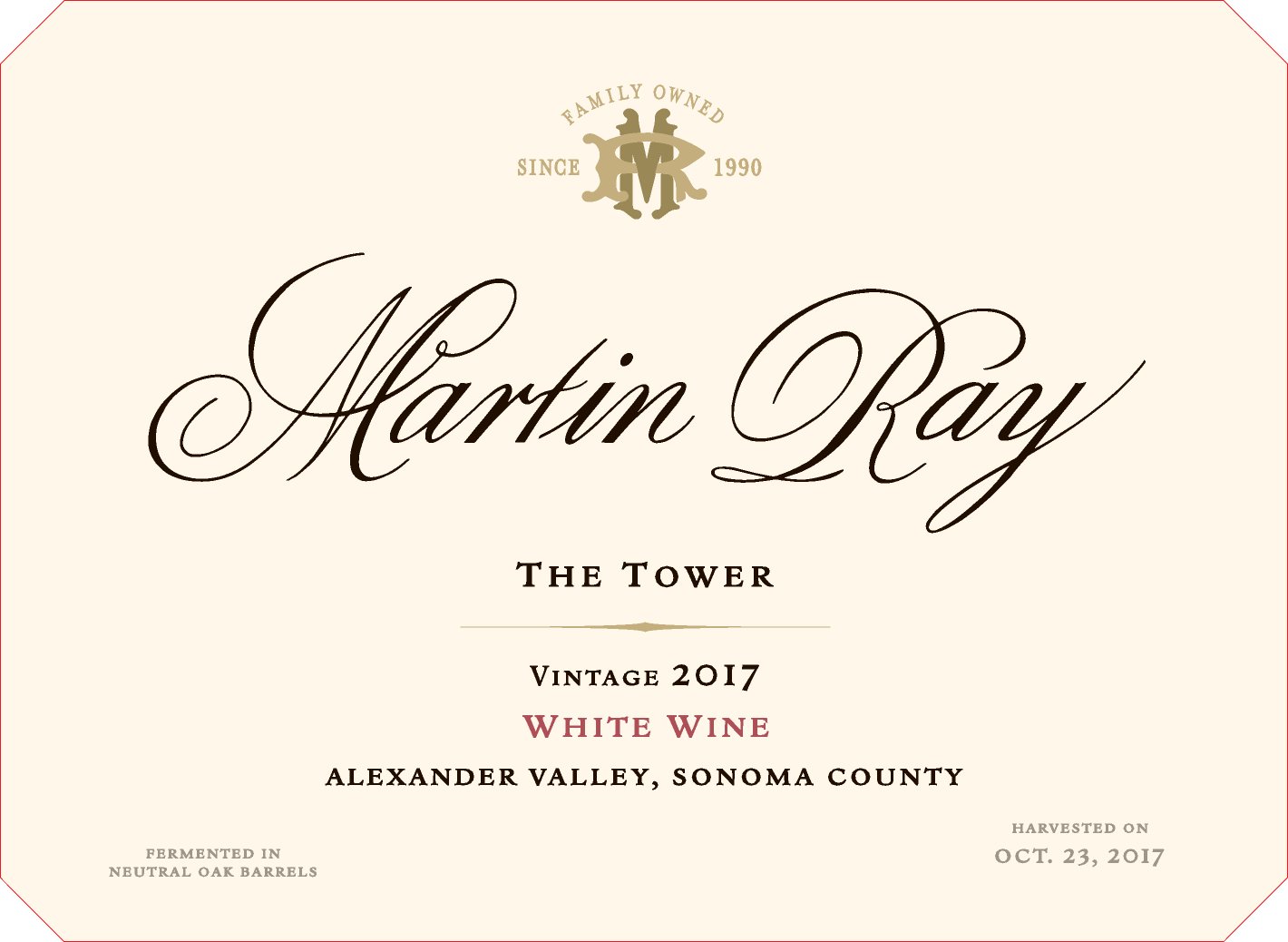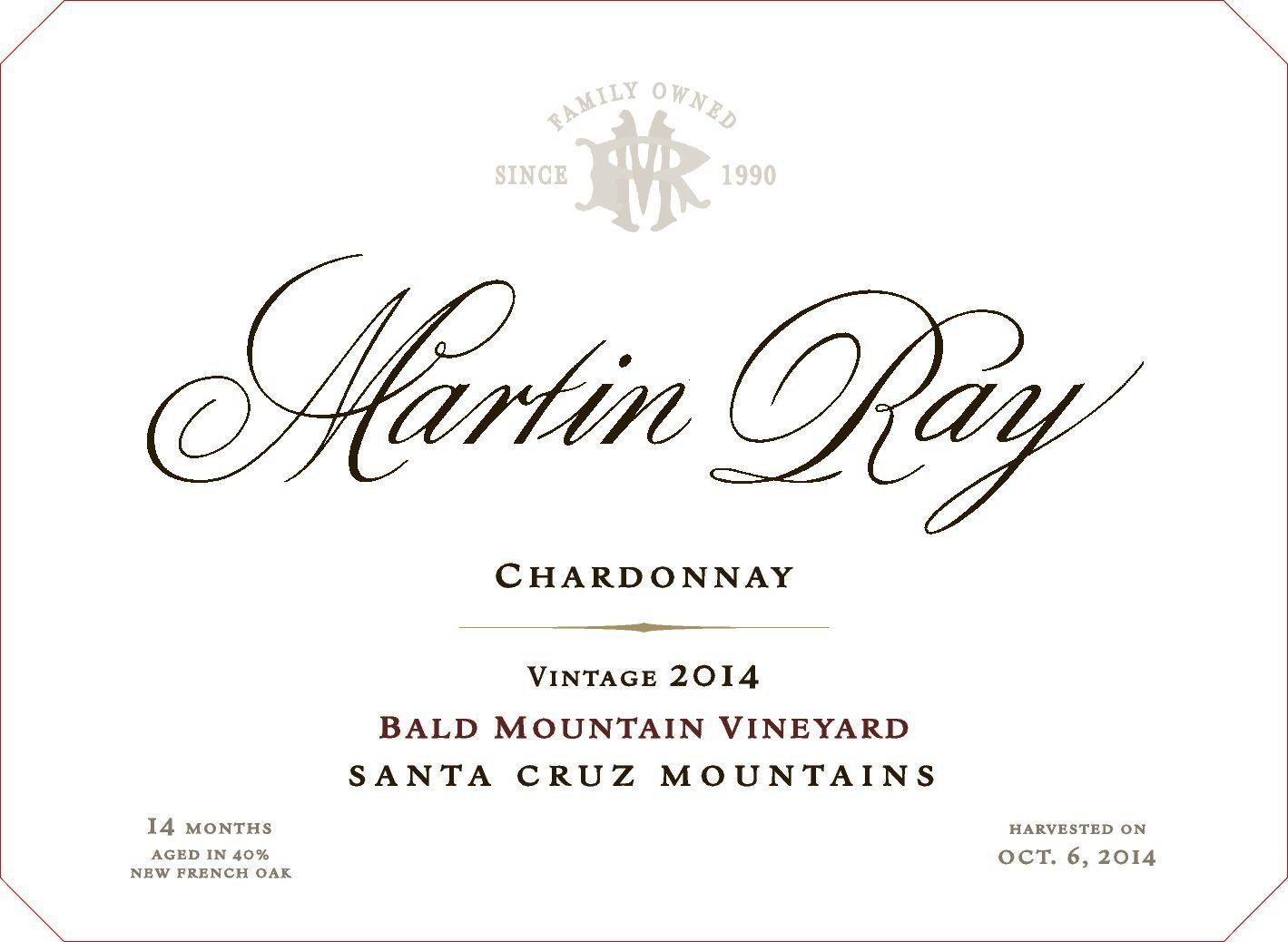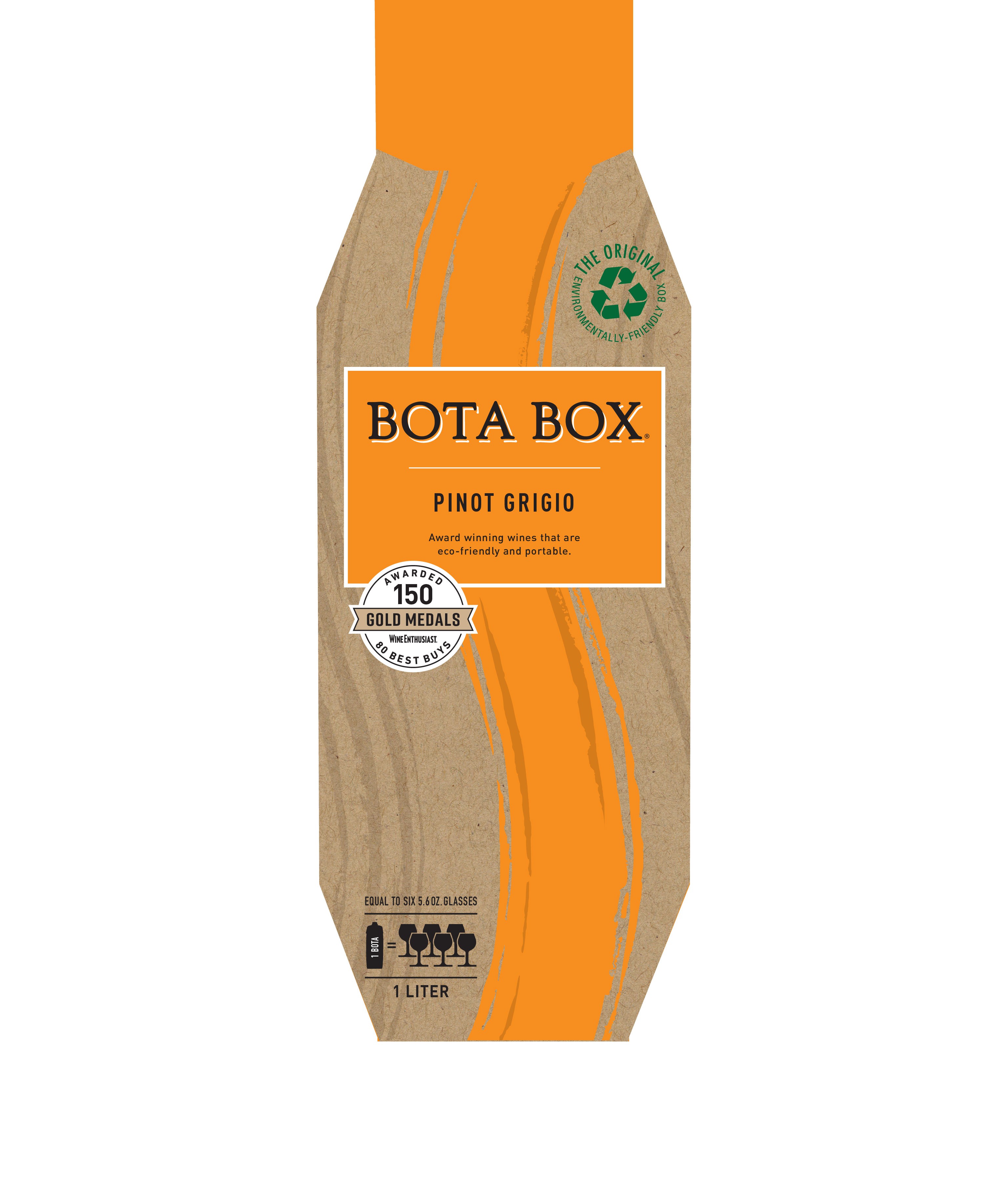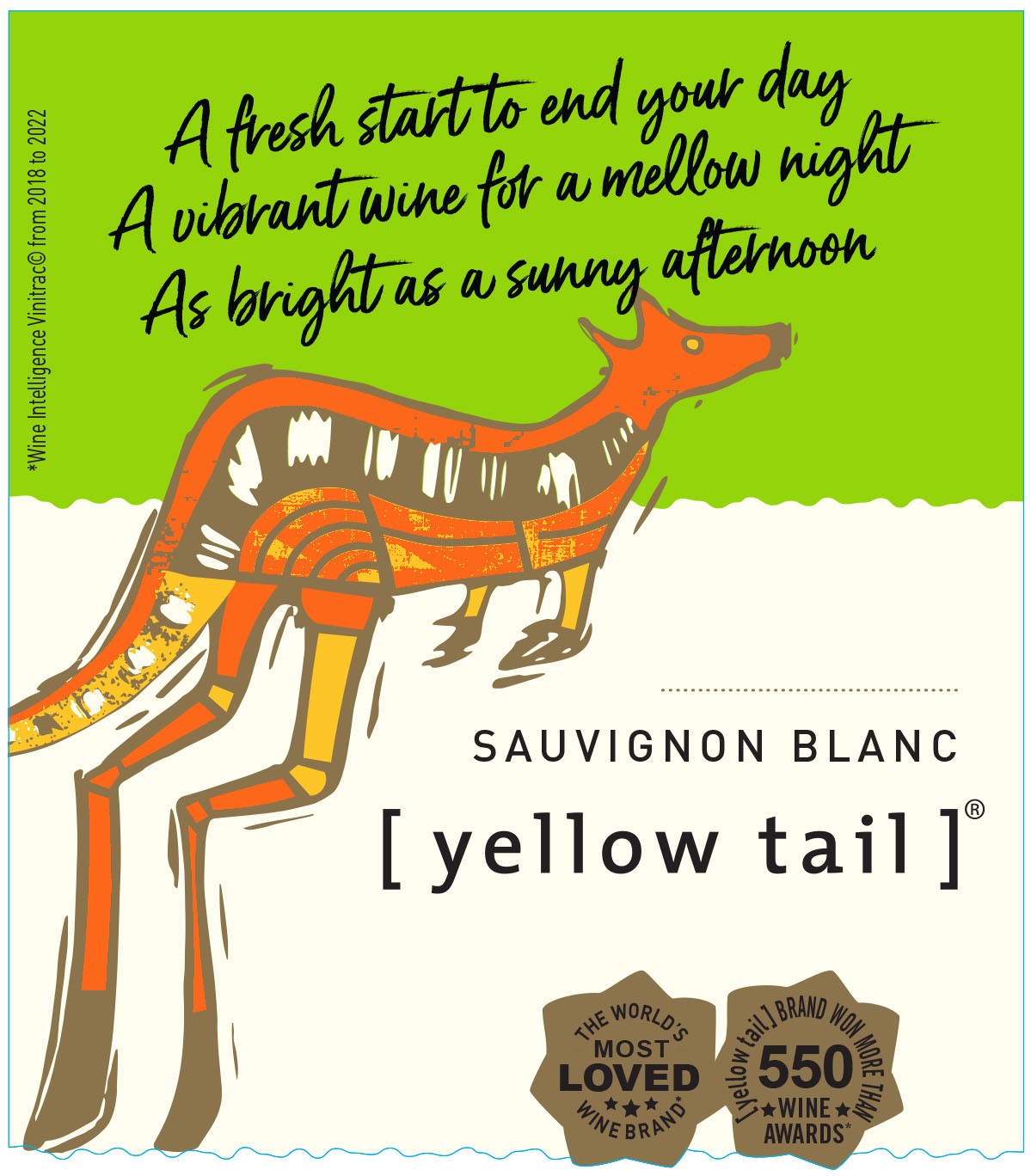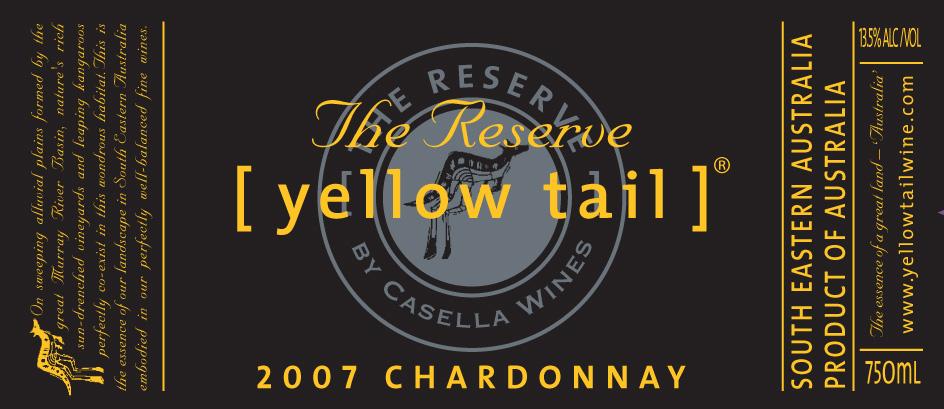Terroir of Texas Hill Country AVA
The Hill Country's terroir is marked by varied elevations, from 425 to 2,400 feet, and unique geology with limestone uplifts and shallow clay-loam soils enriched with caliche. These rocky soils promote deep vine rooting, enhancing flavors. In the north, near the Llano Uplift, granite and schist create sandier, more acidic soils, adding a mineral and spicy touch to the grapes.
The climate features long, hot summers and mild winters, with 20–35 inches of rain mainly in spring and fall. Temperature swings, especially at higher elevations, help preserve acidity, which benefits Mediterranean grape varieties. The warm climate and sunshine are great for ripening, but challenges like spring freezes and summer hail require careful vineyard management. The limestone enhances freshness and minerality, key for the region’s wines.
Notable Wineries in Texas Hill Country AVA
The Fredericksburg AVA, nestled within Texas Hill Country, is a prominent wine destination known for its enchanting landscapes and historic charm. This area, characterized by calcareous clay-loam soils and a slightly cooler climate, is perfect for growing Mediterranean-style grapes.
-
Becker Vineyards: Renowned for its Cabernet, Merlot, and Syrah, it also offers a delightful dry Viognier alongside stunning lavender fields.
-
William Chris Vineyards: A family-run estate specializing in Texas-grown Tempranillo, Roussanne, and Albariño, celebrated for site-specific wines.
-
Pedernales Cellars: Known for Spanish and Rhône varietals like Tempranillo and Albariño, with a picturesque hilltop location.
-
Grape Creek Vineyards: Offers a Tuscan-style experience with bold Italian and Bordeaux-inspired blends.
-
Lost Draw Cellars: A boutique winery famed for its Tempranillo and Bordeaux-style blends using Texas grapes.
Sustainable Winemaking in Texas Hill Country AVA
In Texas Hill Country, sustainability is a key part of winmaking. Vineyards are using drought-resistant rootstocks and cutting back on irrigation to handle the tough climate. They plant cover crops like grasses, legumes, and wildflowers to improve soil, prevent erosion, and attract helpful insects.
Renewable energy is growing, with many wineries adding solar panels and gravity-flow systems to save energy. Water conservation is a priority, using methods like composting pomace and plant materials on-site. Integrated pest management is popular, using natural predators instead of chemical sprays. Industry groups are creating voluntary sustainability guidelines and self-assessment tools to ensure best practices, maintaining the long-term health of Texas Hill Country's winmaking scene.
Wine Tourism in Texas Hill Country AVA
Wine tourism in Texas Hill Country offers a vibrant mix of experiences. This region is home to over 100 wineries, each providing a unique taste of Texas. The area is famous for its self-guided wine trails, especially along the State Highway 290 corridor, where visitors can experience outdoor tastings, food pairings, and live music. Fredericksburg serves as the hub, with historic charm and German eateries complementing the nearby tasting rooms.
Annual events such as harvest festivals and holiday open houses enhance the allure of this destination. Wine tours conducted by shuttle or bus are popular, and some estates offer accommodations for overnight stays. This blend of cultural, culinary, and scenic attractions has made the Texas Hill Country a premier wine tourism location, perfect for those interested in exploring a diverse wine region with a strong sense of place.



